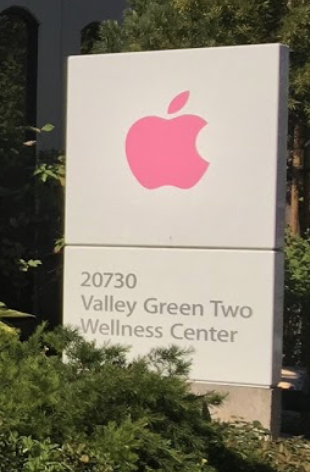Craig Hockenberry:
Whether you’re a developer who’s working on mobile apps, or just someone enjoying the millions of apps available for your phone, today is a very special day. It’s the ten year anniversary of the original iPhone SDK.
I don’t think it’s an understatement to say that this release changed a lot of people’s lives. I know it changed mine and had a fundamental impact on this company’s business. So let’s take a moment and look back on what happened a decade ago.
First things first, this is a great look back at a moment in time. The iPhone shipped, but there was no SDK, the secret (VERY secret) sauce that let developers build apps that sat on the shoulders of Apple’s iPhone software designers.
Craig tells the story of that first wave of folks who found ways to pry the mysteries of iPhone OS mechanics from the clues of the native apps built by Apple, dumping the classes of those apps and working out how they did what they did.
This is the work of the giants on whose shoulders future iOS developers now stand.
Craig’s writeup resonated with me very strongly. Back then, my partner, Dave Wooldridge, and I were running a publishing company called SpiderWorks, shipping eBooks for developers before eBooks had quite hit the mainstream. SpiderWorks was bought by Apress and, as part of the deal, I convinced Apress to publish a book on iPhone programming I had been contemplating.
They agreed, and Jeff LaMarche and I signed an NDA with Apple to get a pre-release version of the iPhone OS (what it was called back then) SDK.
The core of the book, Beginning iPhone Development, was a series of 20 or so apps, each of which showed off a piece of the SDK. Jeff and I brainstormed the concepts, and he did all the heavy dev lifting, with my focus on writing and re-writing to crystallize the concepts, make sure the story was clear enough for beginners to follow without too much head-scratching.
The biggest problem we ran into was the combination of an NDA (which prevented us from discussing the SDK details with ANYONE) and a rapidly changing code base. Each new SDK Apple shared with us caused all our apps to break, which meant rewriting the code and the explanatory text that showed how it all works.
Madness.
Ultimately, the book was ready to go, and it shipped within days of Apple publicly releasing the SDK and officially lifting the NDA.
That experience was one of the most grueling, and thrilling, experiences of my life. I wouldn’t change it for anything.


